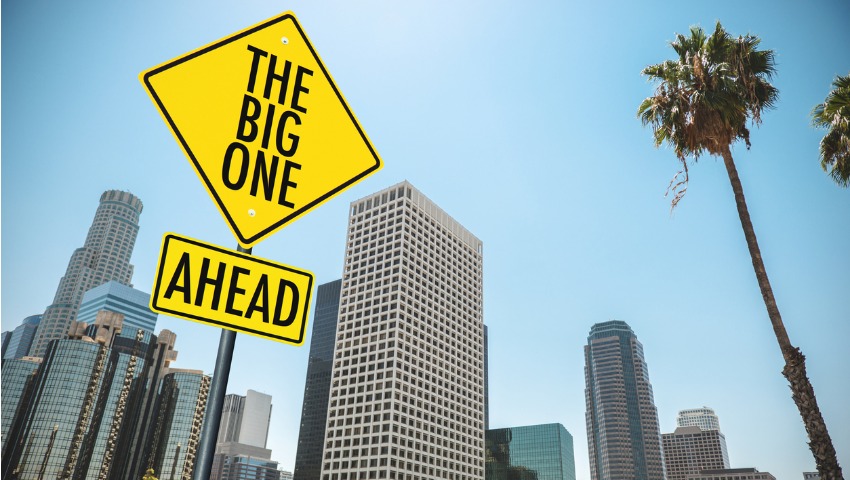Earthquakes as strong as 4.7 magnitude hitting Northern California this week are a reminder to the whole nation to freshen up on safety drills—especially if you’re someone who thinks you should stand in a doorway (experts agree, it’s a bad idea). Wherever you are hosting your next meeting, checking with the venue ahead of time for earthquake preparedness needs to be on your safety list. Giving attendees information ahead of time about what to do in case of an emergency could help avert chaos. If your space doesn’t have its own safety procedures in place, the ShakeOut drill manual for businesses is a good place to start.
Earthquake Country Alliance, a statewide partnership of organizations committed to improving preparedness, warns not to let past experiences give you a false sense of safety. You may have experienced an earthquake, but don’t confuse a 3-point-something jostle with the full throttle of a big shake—the kind seismologists say many quake-prone counties are due for. The best practice is to act immediately as if the quake will be big, not to wait until shaking worsens.
Remember: Drop, Cover and Hold On
The proper procedure is to drop, cover and hold on. Drop to your hands and knees, cover your neck and the back of your head with one hand, and hold on to a nearby desk or table. If you are within a few feet of a desk or table, crawl underneath it to protect yourself from falling objects.
Faulty Methods
Let’s review what not to do, as listed by the Earthquake Alliance:
- Do not run outside or to other rooms during shaking.
If you’re inside, stay inside and practice drop, cover and hold on. If you’re outside, stay outside, but quickly get to a clearing if you can safely do so—the exteriors of buildings, windows, power lines and trees pose the most threat.
- Do not stand in a doorway.
The old advice to get in a doorway proliferated due to a photo from the aftermath of the 1906 Earthquake which showed a door frame as the only standing structure left of a collapsed house. This would be good advice—if you lived in an unreinforced adobe house or an old wooden-framed house. In modern buildings, the doorframes are no longer the sturdiest structures. If you’re inside, crawl under a desk or table to protect yourself from falling objects.
- Do not get in the “triangle of life”.
You may have seen the viral emails advocating the “triangle of life” procedure to surviving an earthquake. Official rescue teams do NOT advocate this method; the process seeks to protect you from a pancake building collapse, but statistics show that injuries and deaths are much more often caused by falling and flying objects.
Shakey States
While Alaska, California, and (surprise?) Oklahoma are the top states for quakes in recent years, don’t assume that living elsewhere means no cause for concern. Shifty Northwest plates are a looming danger, as experts say a mega-quake is 20 percent likely to happen in Northern Oregon in the next 50 years. The Midwest has also seen heightened quake activity in recent years, and places like Tennessee, Kansas and Utah all have cities in possible danger from future quakes.
There’s an App for That
Luckily, there’s nothing tech-forward thinking can’t revolutionize, from food delivery to protection from natural disasters. Enter MyShake, a Berkeley University app designed to help detect early earthquake activity through your phone’s sensors and to deliver warnings. Simultaneously, it records quakes to improve its cautionary systems and record valuable data for scientists. It’s not just safety for the Sunshine State, either, but is meant to develop into a global system.




